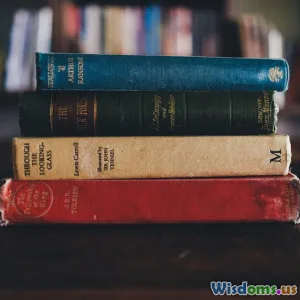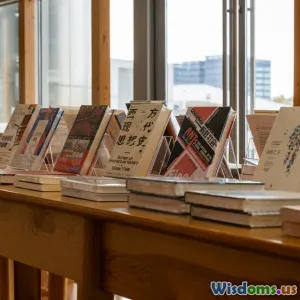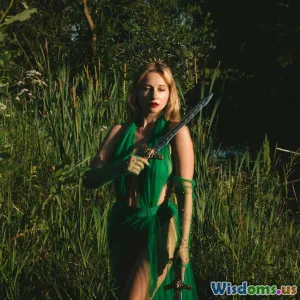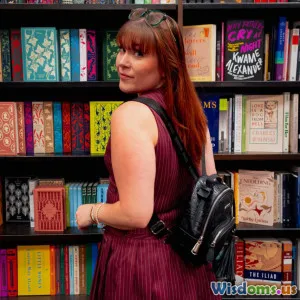
Were These Obscure Novels Really Dangerous or Just Misunderstood
14 min read Exploring controversial obscure novels labelled dangerous, examining their themes and societal reactions. (0 Reviews)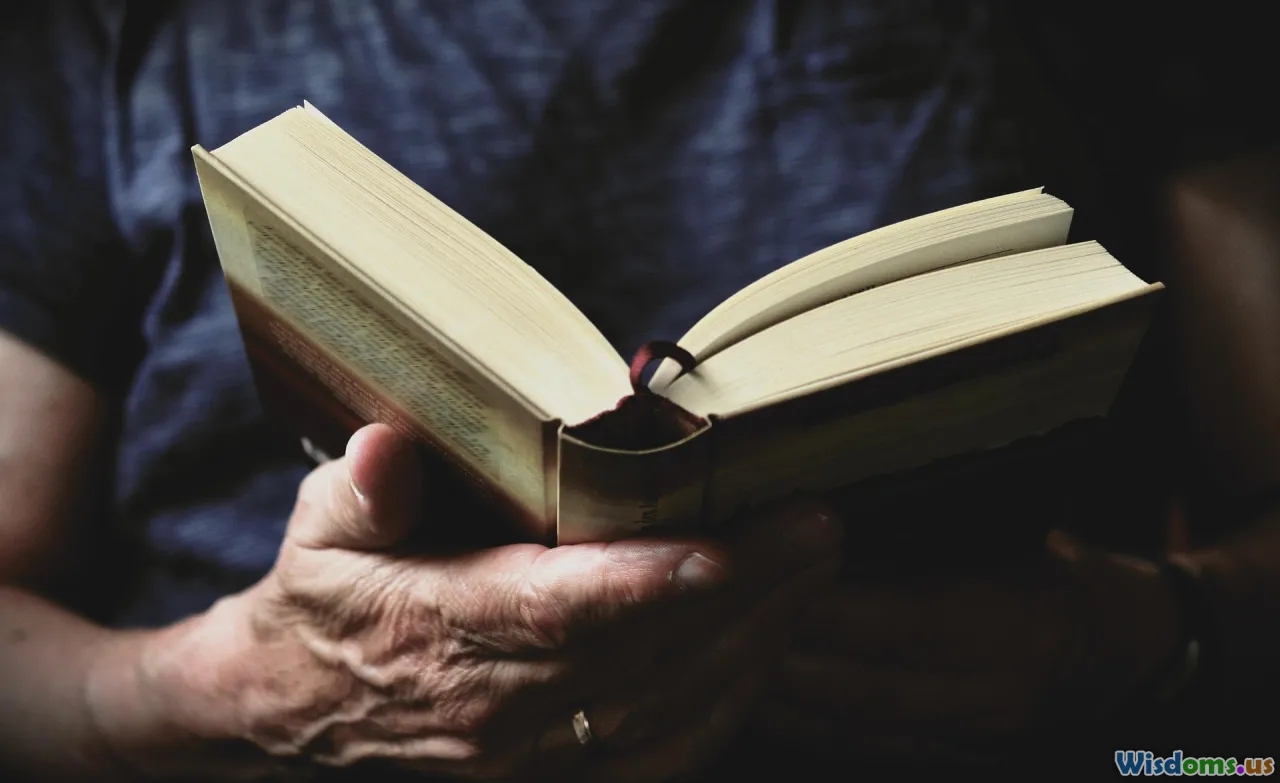
Were These Obscure Novels Really Dangerous or Just Misunderstood
Throughout history, literary works have provoked passion, stirred up controversy, and at times been stamped as 'dangerous' by society's gatekeepers. Yet many banned or maligned novels drifted into obscurity, remembered only in footnotes or whispered lore. Were these hidden pages harbingers of peril, or victims of overzealous misunderstanding? Let’s journey through the world of neglected novels that caused disquiet, to discover which narratives truly threatened the world—and which simply asked the wrong questions at the wrong time.
The Social Alchemy of Fiction
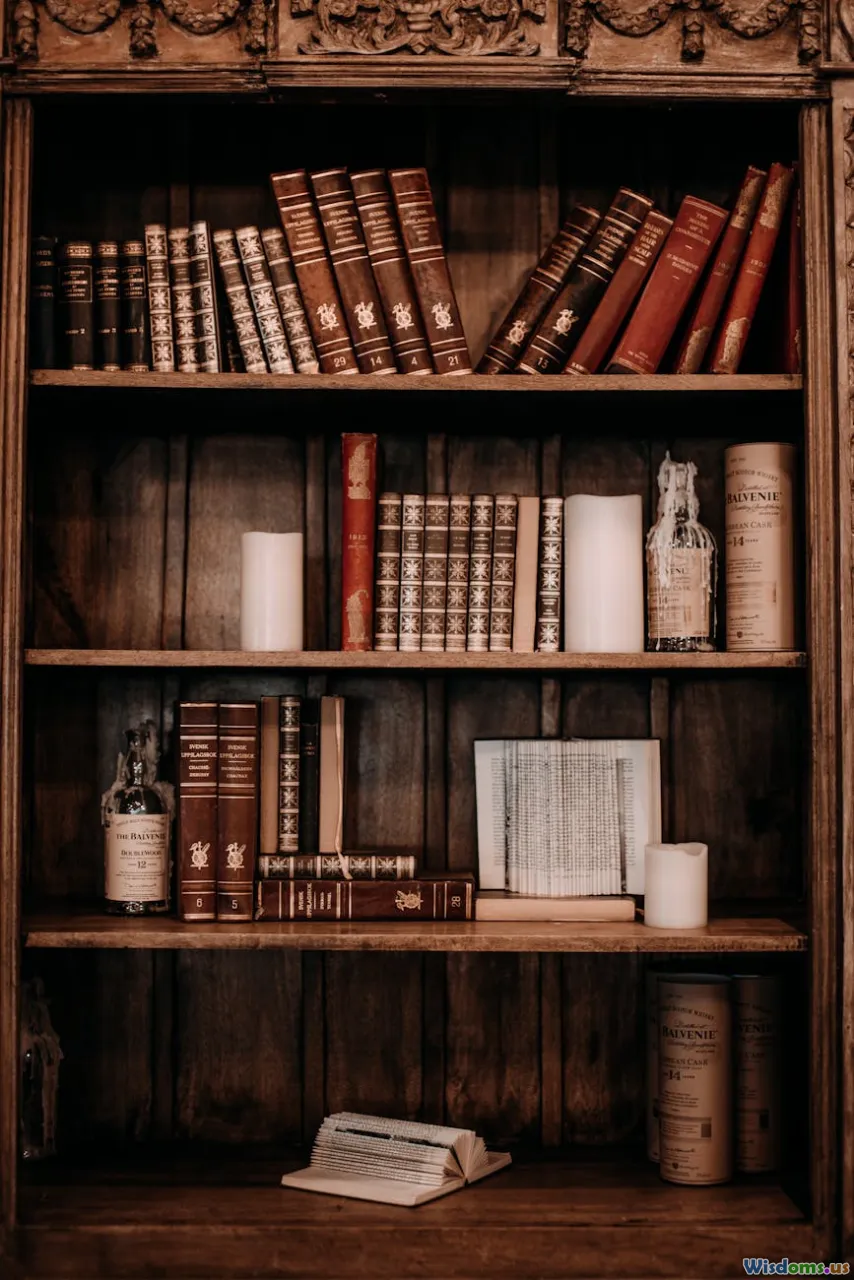
Before discussing specific titles, it's vital to ask: What grants a book the power to alarm societies? Fiction, at its finest, offers a mirror—showing not only the world as it is but as it could be. In cultures at dichotomies or in periods of unrest, some novels have become lightning rods, accused of fomenting dissent or moral decay.
Take the early 20th century. Novels like D.H. Lawrence’s Lady Chatterley’s Lover and James Joyce’s Ulysses led to scandal and legal prosecution for explicit content and radical ideas. But both are today canonical, illustrating that ideas once cued as "dangerous" may be lauded in another era for depth and craft. This raises the stakes for more obscure novels: if modern classics were indicted unfairly, what of those lost to shadow?
Interestingly, research published in Book History (Johns Hopkins University Press, 2017) found that over 1,600 works were challenged or banned in the US alone between 1900 and 2000. Yet fewer than 10% entered broader public discourse. Most faded, leaving the question of their 'danger' unresolved.
The Suppressed: When Novels Vanished

Let’s inspect examples quantitatively and contextually. Consider The Well of Loneliness by Radclyffe Hall (1928). Banned for its lesbian protagonist and open depiction of sexuality, it triggered court trials across England and the US. While this was groundbreaking for representation, the actual prose is restrained by today’s standards: earnest, grave, and meticulous in emotion, rather than overtly sexual or politically radical.
Over time, The Well of Loneliness proved quietly influential, used in LGBTQ+ movements for decades. No documented "harm" ever surfaced—instead, it gave voice to marginalized readers. The danger, it turns out, was perceived rather than real, spotlighting society’s discomfort rather than any toxic content.
Similarly, the American novel Dangerous Liaisons of Laramie (1949), now almost lost, stoked anger due to its frank criticism of McCarthy-era patriotism and its unvarnished language. The book vanished from libraries and stores, with survivors circulating in collector circles. Despite rumors, no credible evidence links it to unrest or subversion. It stands as a testament: fear often silences, not the substance of prose but challenging themes or perspectives.
The Occult, the Esoteric, the Feared
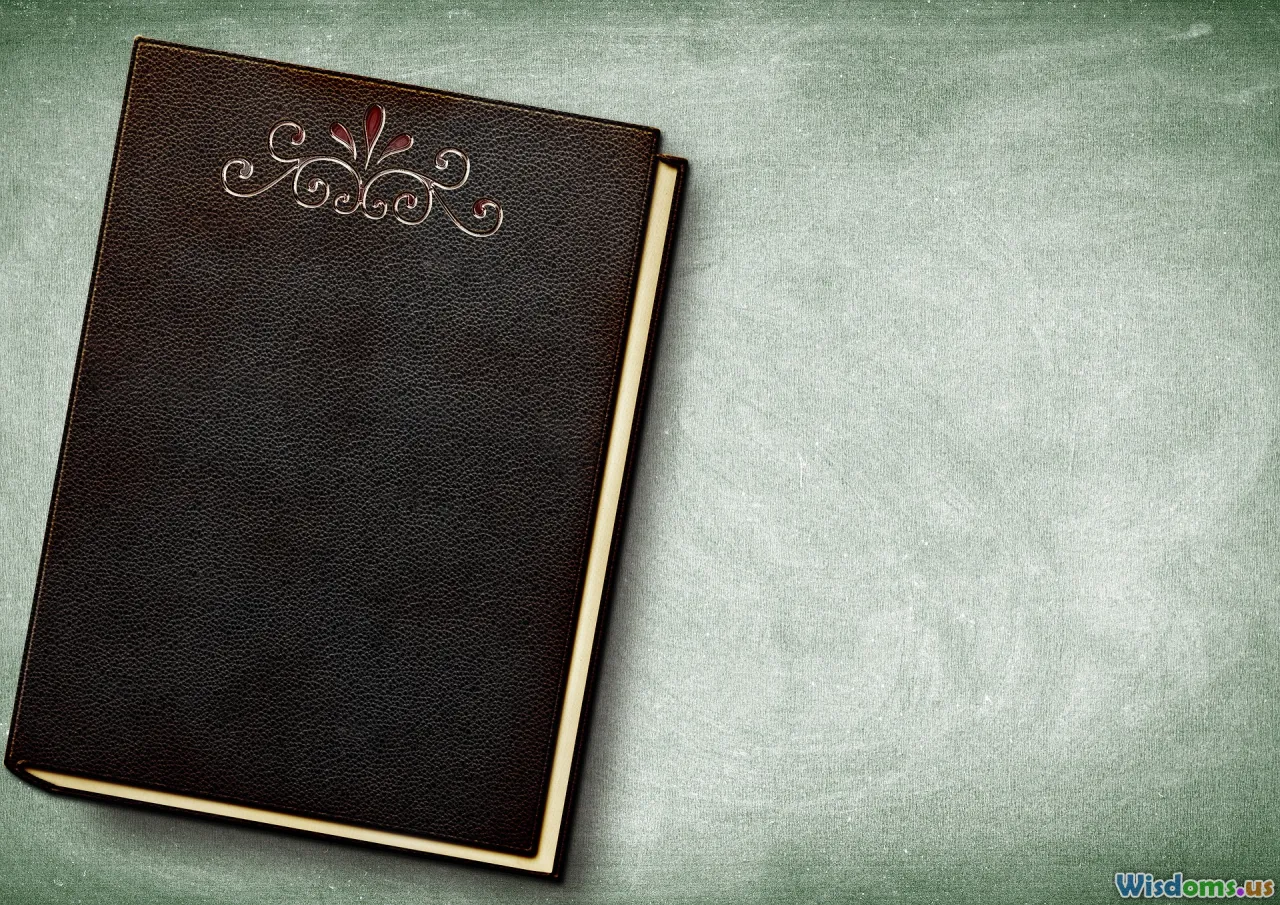
Obscurity often entwines with themes of the occult or metaphysical. Cult-favorite The King in Yellow (Robert W. Chambers, 1895), for instance, is a collection of strange tales—a book within a book—where fictitious passages are said to drive readers mad. Though it has been influential for modern horror writers and even inspired HBO's True Detective, there’s no evidence of reality merging with the fiction’s supposed madness.
Far more chilling is the legend of The Malleus Maleficarum (1487), a Latin treatise on witchcraft that some claim reads more like a sociological horror novel than a factual manual. Damned across Europe for centuries, it undoubtedly fueled witch hunts and persecution. In this case, the "novel-like" approach—presenting fabricated cases as real—had tangible destructive effects, underscoring the rare but real power of narrative to ignite collective hysteria.
Contrastingly, novels merely drawing on forbidden knowledge or mystical quests—such as Gustav Meyrink’s The Golem or William Hope Hodgson’s The House on the Borderland—suffered from accusations of subverting moral order, but mainly offered escapism wrapped in allegory.
Social Critique or Subversion? Case Studies

Censorship often conflates critique with conspiracy. Take The Iron Heel by Jack London (1908). Jailed by some as "dangerous propaganda," the novel described an imagined authoritarian regime crushing a workers' uprising in the United States. Its warnings of corporate power and state violence were deemed radical during the Red Scare. Yet, upon close reading, the work serves more as caution than incitement—a speculation on unchecked systems and citizen complacency rather than a recipe for rebellion.
Another example is Aleksandr Solzhenitsyn’s One Day in the Life of Ivan Denisovich (published in the West in the 1960s). Initially smuggled out of the USSR, Soviet authorities saw it as dangerously subversive—but for Western readers, its bleak, humane portrayal of prison life highlighted universal struggles. Notably, rather than destabilizing society, it fostered dialogue and empathy, and arguably laid groundwork for broader reform.
These case studies tell of a society overwhelmed by suggestion rather than effect. When novels uncover hard truths, the powers that be may find questions more volatile than acts.
Reader Responses: Myths Versus Reality

But did these novels ever actually inspire negative behaviors or crisis? Social science grapples with this query. A 2019 study by the Pew Research Center documented cases where books were linked by rumor to suicides, crimes, or uprisings, but almost never found verifiable cause-and-effect.
For example, Goethe’s The Sorrows of Young Werther (1774) famously “inspired” a rash of suicides across Europe, known as "Werther Fever." However, later analysis by cultural historian David Jacoby (2013) suggested that the relationship may be more about contemporary moral panic than provable impact—with correlative evidence far from concrete.
Similarly, in the 1980s and 90s, heavy metal music and horror novels were blamed for societal woes, but no court ever directly found a song or book legally responsible for crimes. Often, the idea that "a dangerous book made them do it" served as a scapegoat for deeper social ills.
Literary Hysteria in the Digital Era
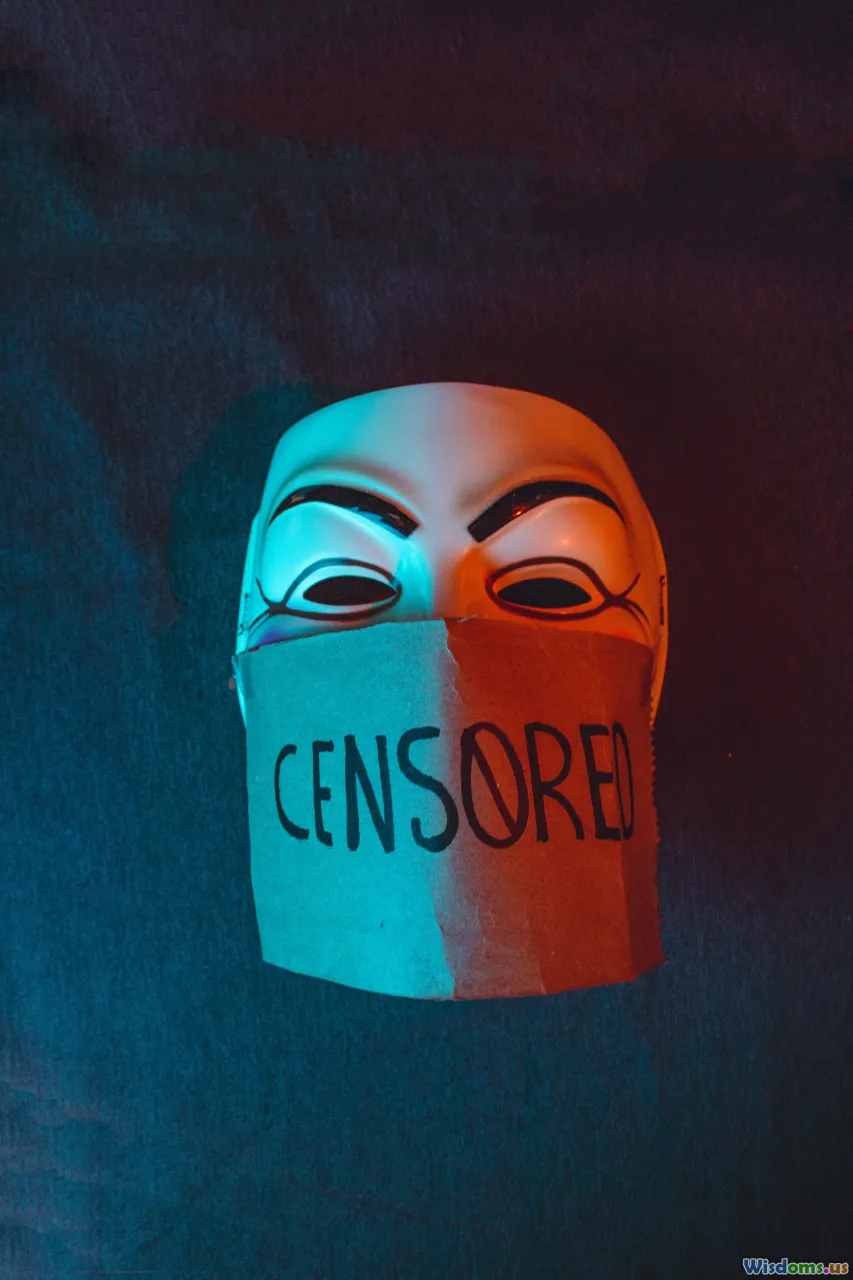
Today, obscure novels more often go viral than go up in flames, facing shadow-banning or coordinated outrage on forums and social networks—not public bonfires. Unlike physical bans, digital censorship can push a novel to cult status faster than any authority could smother it.
The curious case of Axe by Tiffany Shar, a speculative novel quietly removed from an online retailer in 2015 after vague allegations of extremism, makes the point. Before its takedown, “Axe” garnered almost no attention. Censorship thrust it under a digital microscope, with downloads soaring via alternative sharing.
Modern readers play a bigger role: book clubs dissecting hidden meaning, review brigades voicing concern or adulation, and social media threads reconstructing context. In an age where context is everything and outrage moves at fiber-optic speed, the grounds for censorship may stem from misunderstandings fostered by the viral nature of digital debate.
Lessons from History: Misreading Danger
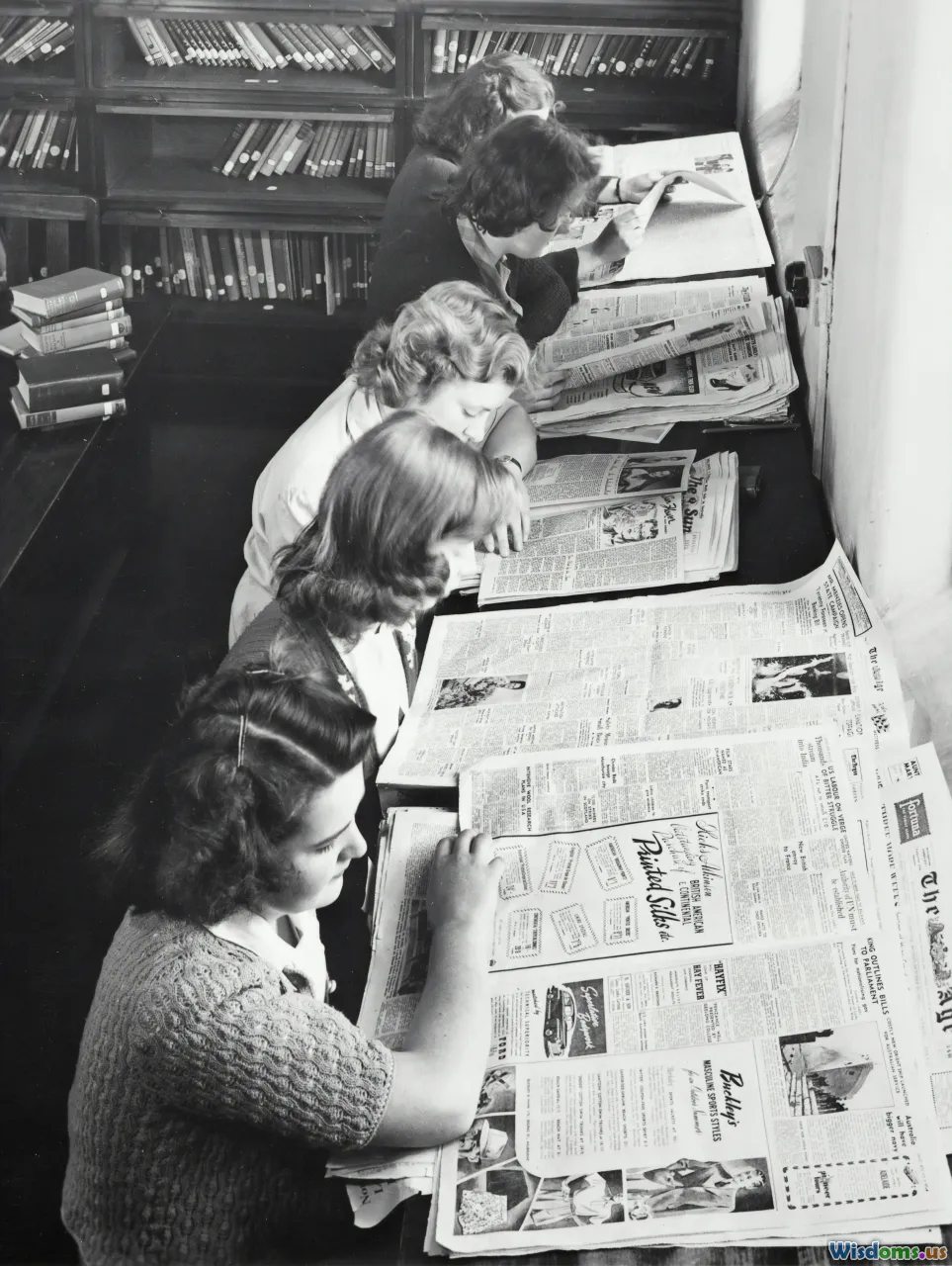
When compiling these stories, patterns emerge: what was often labeled dangerous reflected anxiety over social change, rather than palpable harm. The misunderstood novel functions as a cultural barometer. Censorship—be it via palace edict, church anathema, or private complaint—characterizes much more about the time period's fears than a text’s actual content.
Moreover, there’s an irony in these struggles: would these "dangerous" books have fostered real upheaval were they simply left to fade away? Or did the clamor to contain them confirm the very anxieties they probed? Look to Mary Shelley's Frankenstein. Maligned in parts of Victorian England as "profoundly disturbing," its enduring legacy comes not from chaos incited, but questions posed: What boundaries must science not cross? What counts as human?
How to Read a "Dangerous" Novel Today
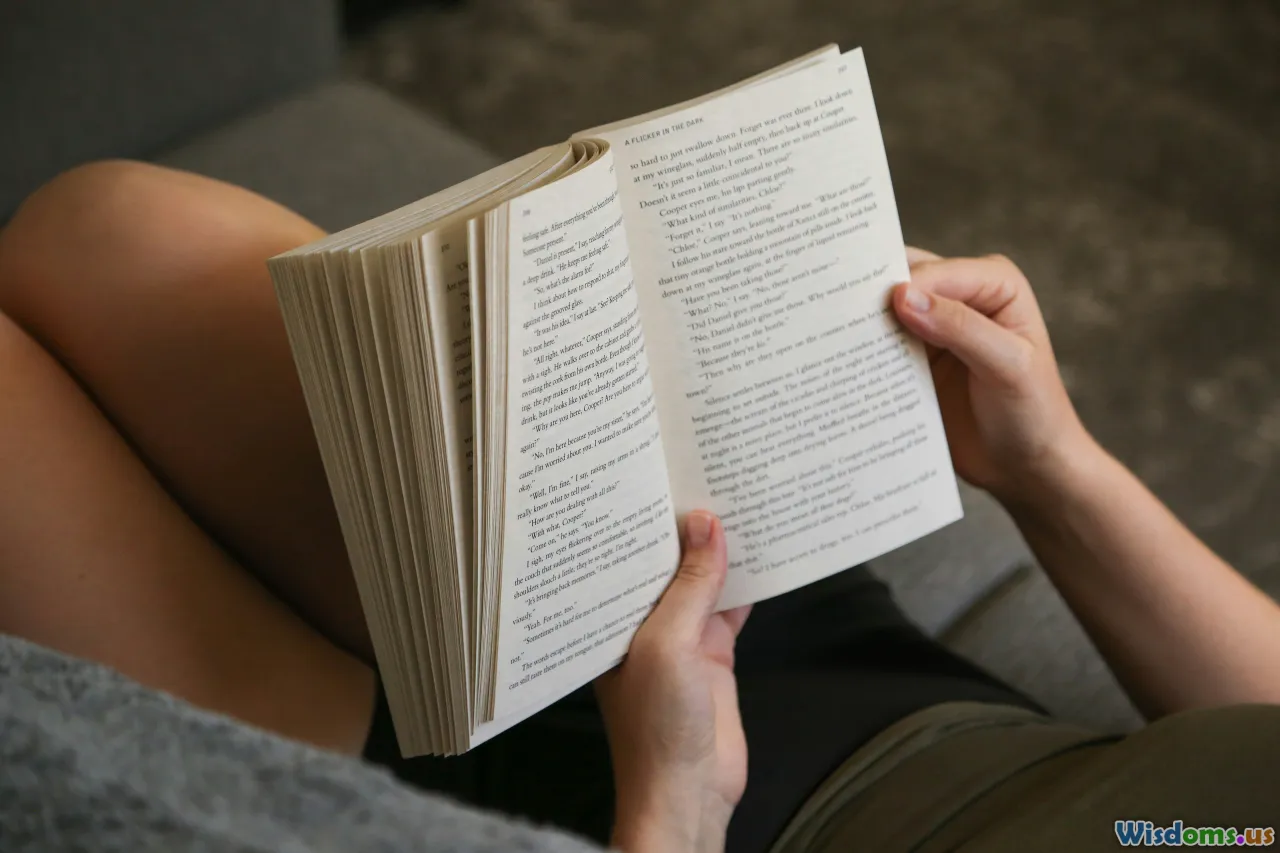
The safest way to reckon with controversial or obscure novels is neither blind trust nor knee-jerk suspicion, but methodological literacy. Here’s a guide to responsibly engaging:
- Research Historical Context: Consider why a work was considered contentious. Was it hitting on anxieties—gender, freedom, power—that unsettle those in charge?
- Distinguish Fact from Allegory: Many speculative or exaggerated depictions stand in for real-life analogues—don’t mistake metaphor for manifesto.
- Ask About Impact: Has the novel led demonstrably to action, or just conversation? Document real-world consequences, not just rumors.
- Discuss Collaboratively: Gather diverse perspectives—a book group, online forum, or academic setting—to avoid isolation-induced misreading.
- Trace Its Legacy: Has the novel informed change for the worse, or for greater empathy and understanding?
Reading with critical empathy, rather than censorious suspicion, often reveals what authority misses: the invitation to question, challenge, and dream.
The Enduring Value of Obscure and Outlawed Literature
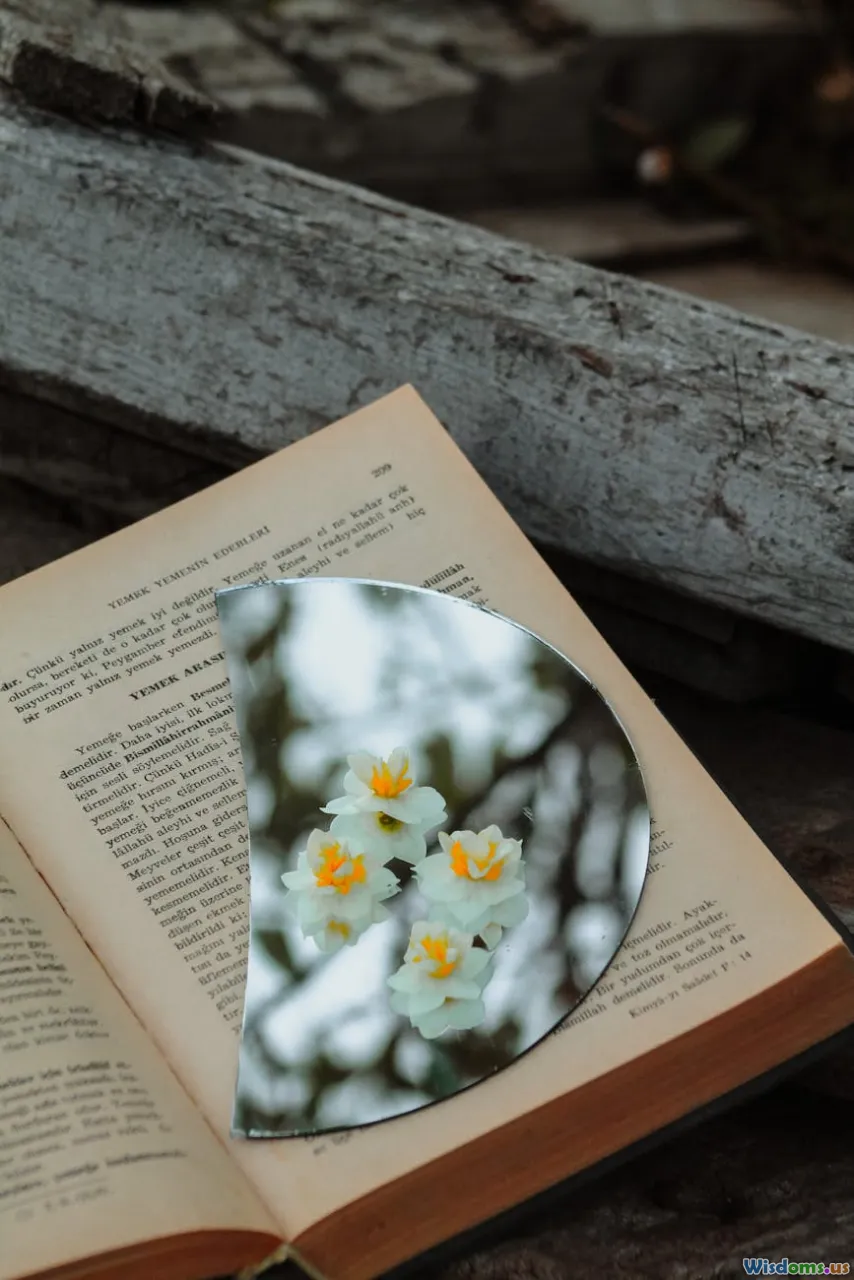
If the lessons of history teach us anything, it’s that suppressed or ostracized novels—far more often than harming society—enrich it. Obscure novels seen as dangerous rarely merit the opprobrium: instead, they offer pathways to dialogue, empathy, and social critique that conventional wisdom too easily forecloses.
Whether a novel is dangerous or merely misunderstood is a question history answers not in courtroom verdicts or burning piles, but in the slow, persistent power of collective conversation. As we turn each page of a maligned or forgotten novel, we engage in society’s oldest and bravest act: reading beyond fear.
Rate the Post
User Reviews
Other posts in Banned and Controversial Books
Popular Posts










